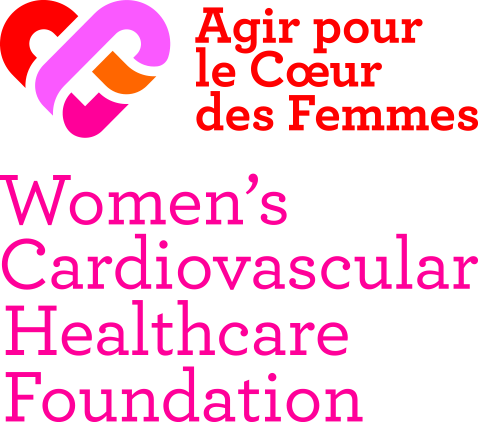
ACTUALITE
Why You Should Tell Your Doctor About Your Migraines
A recent scientific article highlighting the link between migraines and cardiovascular risk is the perfect opportunity to remind our community about this symptom and why you should talk with your doctor about this often-neglected vascular risk factor to make sure you get the best care.
SEE ALSO
Women’s Cardiovascular Healthcare Foundation Appears on the BFM Business Check-up Santé Show
Thanks to Fabien Guez for inviting us to appear on his Check-up Santé show on BFM Business to talk about cardiovascular disease among women and Women’s Cardiovascular Healthcare Foundation (Agir pour le Cœur des Femmes). Cardiovascular disease is the leading cause of death among women. Every year [...]
How White Coat Hypertension Impacts Pregnancy
A recent study published in the U.S. journal Hypertension on May 28, 2020, the International Day of Action for Women’s Health, evaluated the effects of white coat hypertension on mothers and babies during pregnancy. White coat hypertension is defined as elevated blood pressure (BP) when measured by [...]
10 Questions Women Ask: Know Your Green and Red Lights for Effective Prevention
1. When should I have a screening and cardiovascular check-up before or during my pregnancy? You should do this the following contexts: • Personal or family history of heart or aortic disease (dissection, aneurysm, surgery) • Personal history of chemotherapy or radiotherapy, high blood [...]




